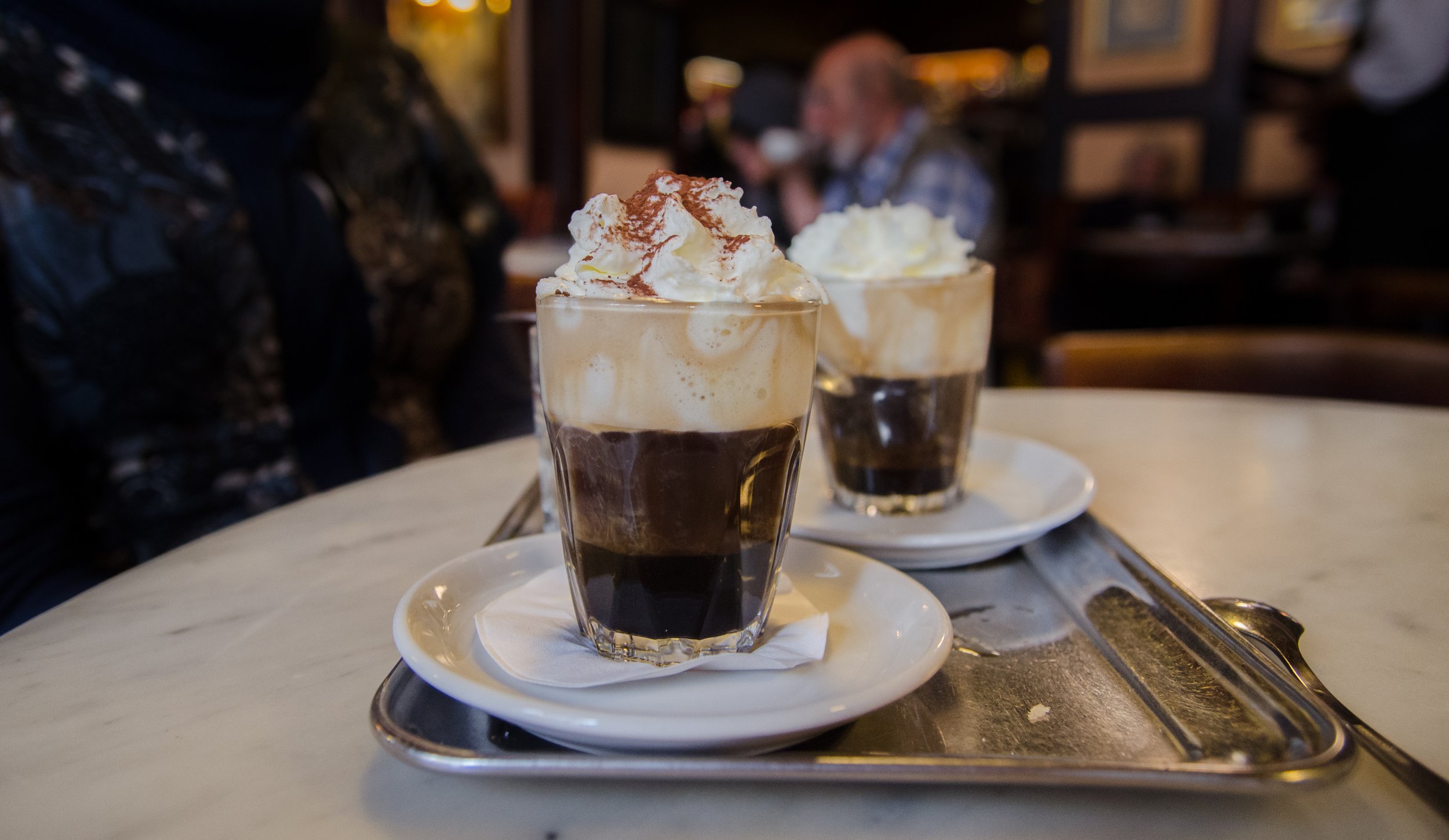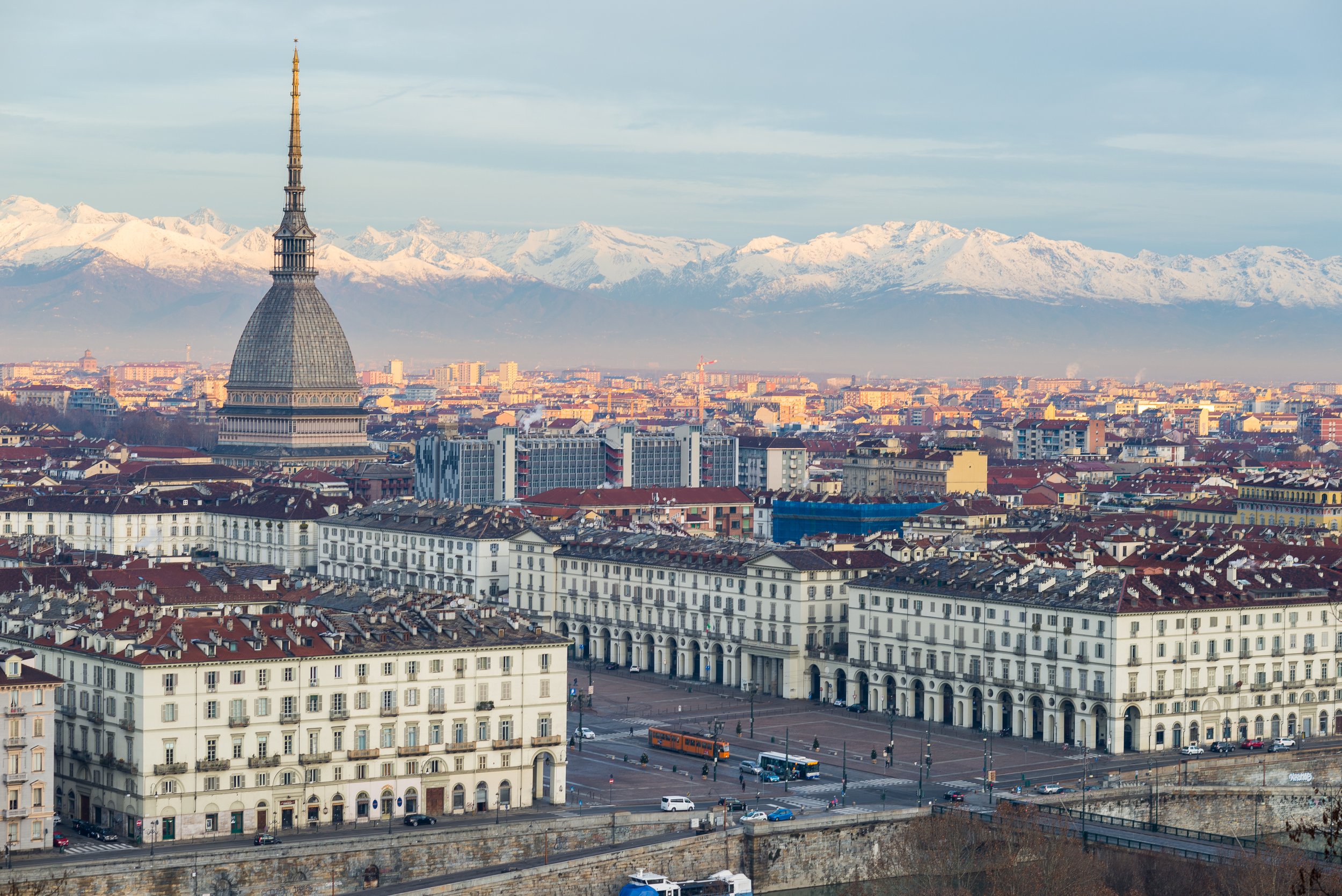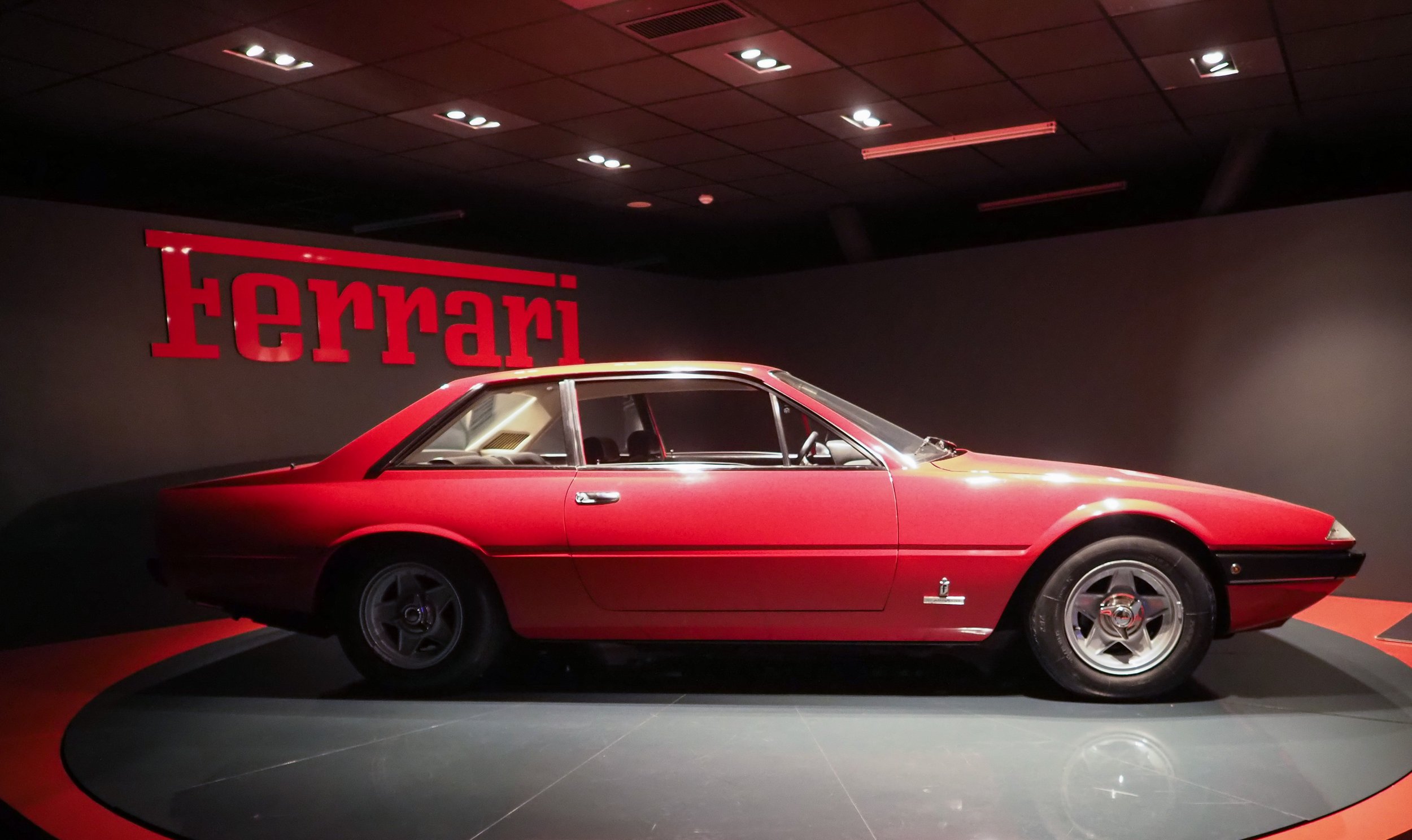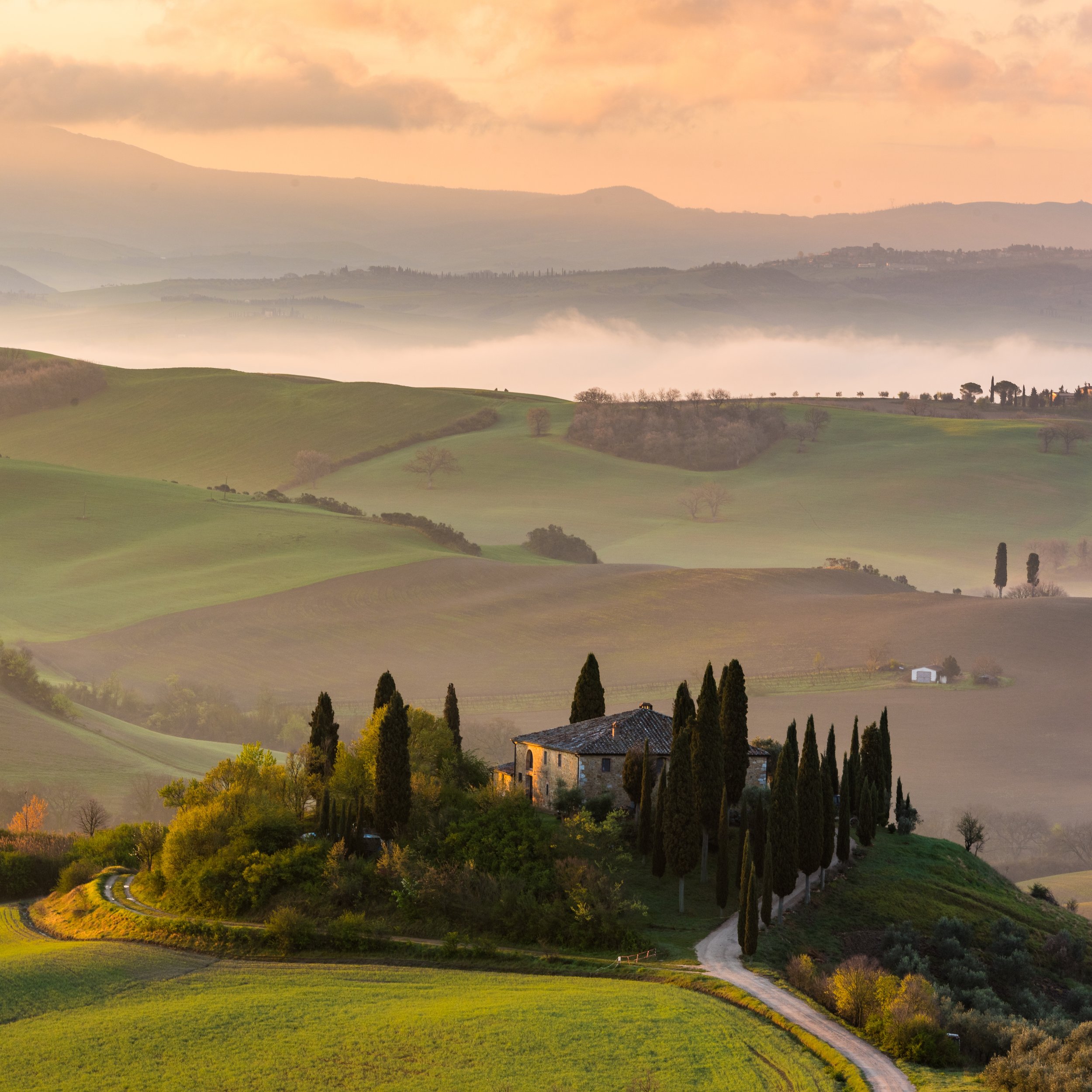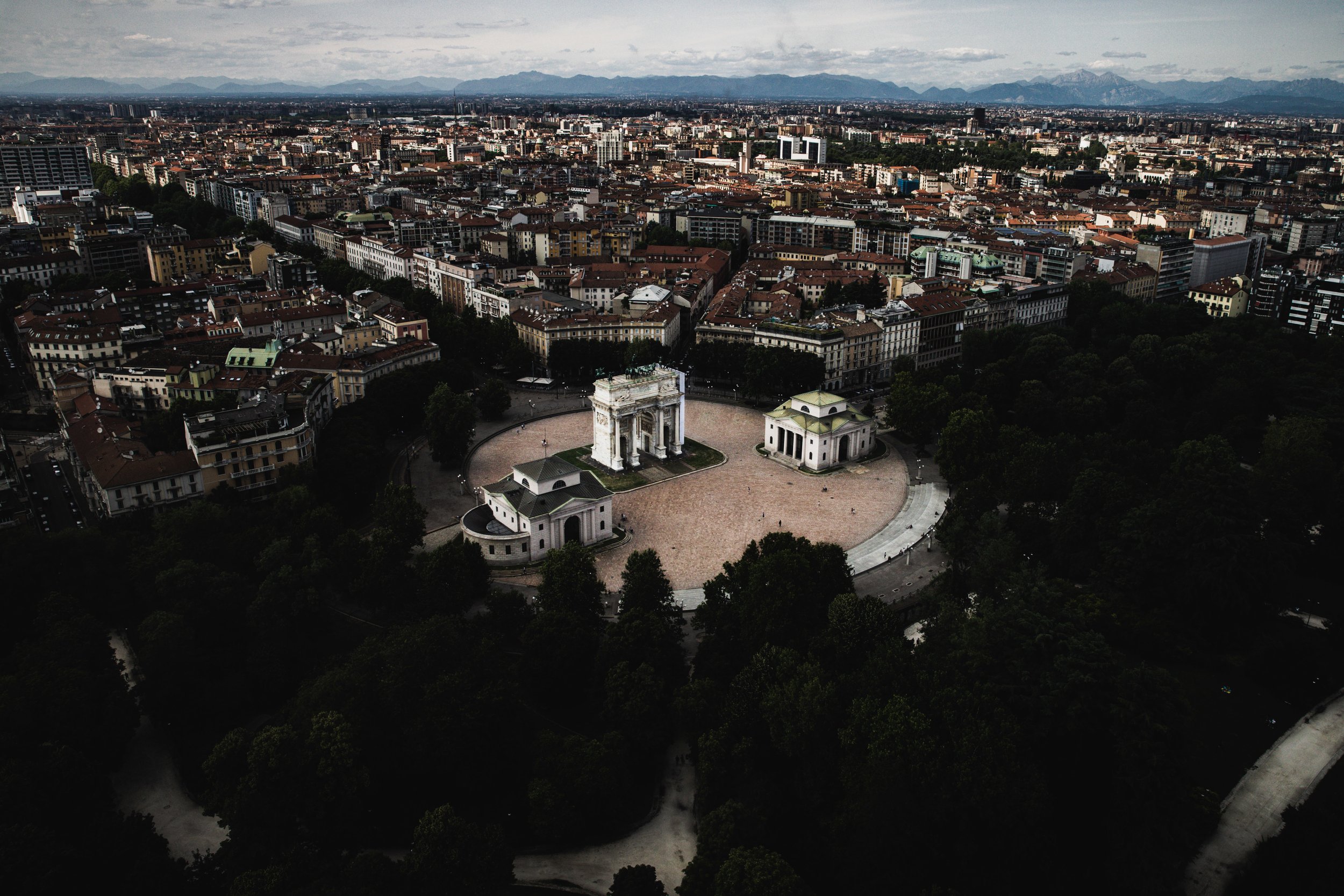Piemonte
In a word, Piemonte is STUNNING! Piemonte is a fascinating region of nature, history and gastronomy. Today, Piemonte is one of Italy's wealthiest regions, known for its cultural heritage, stunning landscapes, rich history, incredible cuisine, particularly its prestigious wine region and truffles and contributions to the country’s economy. You may recognize names like the king of wines in the region - Barolo, or Barbera, Barbaresco, Dolceto, Nebbiolo, Asti Spumante, Moscato d’Asti…all from this fabulous region. Campari, one of Italy's most iconic and widely recognized aperitifs was created here in the town of Novara in 1861 by Gaspari Campari. If truffles are one of your favorite treats, don’t miss charming Alba, just one hour from Torino. White and dark truffles are celebrated here with fabulous parades in Alba with fantastic Medieval costumes. Alba’s International White Truffle Fair takes place over nine weeks from 12 October to 8 December 2024 and 1 October to 3 December in 2025. Torino (Turin) is the capital and a must-see.
Throughout its history, Piemonte (Piedmont) has been a crossroads of cultures and a center of political power, playing a crucial role in shaping the history of Italy and Europe. Piemonte is such a rich region offering a bit of everything. This region was controlled by the House of Savoy family for seven hundred years. The history and duration of the Savoy rule help explain why Torino resembles Paris and the cuisine is rich.
Before you visit the royal palaces which have been well preserved, familiarize yourself with this synopsis of the history. In the 11th century, the House of Savoy began to rise to prominence. Originally based in the Savoy region (now in modern-day France), the dynasty gradually extended its control over Piemonte through marriage alliances, military conquests, and political maneuvering. By the 13th century, the Savoyards had established themselves as the dominant power in the region.
During the Renaissance, the Dukes of Savoy worked to consolidate their power and expand their territories. They established Turin as the capital of their dominions in 1563, transforming it into a vibrant cultural and political center.
Piemonte was frequently a battleground in the power struggles between France, Spain, and the Holy Roman Empire during the 16th and 17th centuries. The region suffered from invasions and occupations but remained under the control of the House of Savoy.
In 1720, the Duke of Savoy acquired the Kingdom of Sardinia, and the title of King of Sardinia was adopted. The Kingdom of Sardinia, with Piemonte as its mainland territory, became an important player in European politics.
Piemonte was invaded by Napoleon in 1796, and the region was annexed to France. The House of Savoy was temporarily exiled, but after Napoleon’s defeat in 1815, they were restored to power, and Piemonte became part of the reconstituted Kingdom of Sardinia. Piemonte played a crucial role in the unification of Italy. The Kingdom of Sardinia, under the leadership of King Victor Emmanuel II and his Prime Minister Count Camillo di Cavour, spearheaded the movement for Italian unification. In 1861, Victor Emmanuel II was proclaimed the first king of a united Italy, with Piemonte as the nucleus of the new nation. Torino was the first capital of Italy before it was moved to Rome in 1865.
Piemonte, like the rest of Italy, experienced the turmoil of both World Wars.
The region also played a significant role in the Italian resistance movement during World War II. After World War II, Piemonte experienced significant economic growth, particularly in the industrial sector. Torino became an industrial powerhouse, particularly in the automotive industry, with Fiat becoming a symbol of the city’s economic might. Torino, in particular, became a major center for automotive manufacturing and innovation.
The region also saw social and political changes, including the rise of labor movements and the challenges of post-war reconstruction. Many economists and historians attribute Italy becoming a 1st world nation due to the ingenuity and drive of the Fiat corporation, founded by the Agnelli family. Giovanni Agnelli’s leadership and vision were instrumental in transforming FIAT into one of Italy’s most significant industrial enterprises and a major player in the global automotive industry. The company produced its first car, the 3½ HP, in 1900.
Piemonte can be experienced by bus, car or the train.
Festivals and Exhibits in Piemonte in 2024
March
23 to 15 September, in Torino at the Sale Chiablese. Exhibition of Guercino the Master painter of the 17th Century.
May
29 to 13 January 2025, in Torino at The Mole. Movie Icons. Original props on display from Hollywood that have shaped cinema over the last 40 years.
August
30 - 8 September, in Carmagnola. The 75th National Carmagnola Pepper Fair. “A rich program with tastings, cooking and talk shows, themed dinners, street food, concerts and shows of various kinds, solidarity initiatives, a children's area, a large commercial exhibition, and much more.) Source: festival website
September
13-15, in Torino. The Salone Auto show. An open-air cultural show of the history of the automotive industry.
26-030 in Torino. Salone del Gusto. Food and Wine festival.
October
12 October to 8 December, in Alba. Alba’s International White Truffle Fair takes place over nine weeks.
16 - 9 March 2025, in Torino at the GAM Museum. An exhibition celebrating the history and artistic career of the only woman among the founders of the Impressionist movement, Berthe Morisot.
31 to 2 November, in Torino. Club to Club - C2C Festival. Avant-garde and pop music festival which began in 2002.
November
22-30, in Torino. The 42nd Torino Film Festival.
Places to Visit in Piemonte
Torino
Torino skyline with the Alps
Torino offers a mix of history, culture, and modernity. In addition for being famous for its chocolate, liquors and the birthplace of Fiat, there are so many more notable attributes of this beautiful city. Here are some of my favorite places to visit in Torino:
The Quadrilatero Roman - This is where Torino began. The Roman city stood here and vestiges of it remain. This is an historic neighborhood packed with cafes, bars shops and the Via Garibaldi, a pedestrian-only street. Discover the city’s history at the Archeological Park.
Centro Storico - This is a neighborhood in Torino where the artisan studios proudly display their skill and products. Don’t miss Latteria Bera (a cheese + shop) and Artigianino (exquisite handmade leather goods).
Giovanna and Missimiliano at Artigianino on Via San Tommaso 9
The Mole Antonelliana - Symbol of the city and home to the National Cinema Museum. Exhibits change regularly.
Café al Bicerin - This charming cafe invented a chocolate coffee drink called a bicern. DELIZIOSO!
The Egyptian Museum - (The largest collection in Europe - outside of Egypt). Take the elevator to the top for a spectacular panoramic view of the city.
La Bottega Guido Gobino - Scrumptious chocolates. Located down the street from the Egyptian Museum.
Stunning Collection of The Royal Palaces of the Savoy in and around Torino and Piemonte - https://residenzerealisabaude.com/ - There are several magnificent palaces in and outside the city. Some are UNESCO World Heritage sites. This link will give you an idea of what is available for your planning.
The Lingotto & Pinacoteca Agnelli - This is the Agnelli Family Museum and the Roof Top Test Track of the Fiat Factory - The Fiat headquarters building has been transformed into a shopping mall. However, a small portion of the impressive Agnelli art collection and the original test track for the cars are on the top floor and roof of the building.
The Risorgimento Museum - This museum is dedicated to Italy’s fight to become a unified nation which happened in March 17, 1861. The museum has many slide shows and interactive exhibits. Most descriptions are in English and Italian. You’ll also learn about the brave leaders of the movement, Mazzini, Cavour and Garibaldi.
National Automobile Car Museum, the Museo Nazionale dell'Automobile - On the outskirts of town. A showstopper. https://www.museoauto.com/
Torino is also an ideal city to take Italian language classes. I suggest instruction at The Italian Porticando Srl. This is an outstanding language school. Just one week of instruction will enhance your experiences and deepen your appreciation for all things Italian. Classes range in duration and level from beginners to advanced.
Via Pietro Micca, 20
(staircase B, 2nd floor)
Turin , TO 10122
Rosaria Costanzo, Laura Faussone and Caterina Costanzo are available for information and questions from Monday to Friday, from 09:30 to 18:00.
Telephone: +39 011 518 7079
info@italianoporticando.com
Alba
Alba is nestled in the Langhe hills surrounding Torino. You will pass through rolling hills of vineyards and gorgeous landscapes en route to this charming town known for its truffle production and esteemed wines, including Barolo and Barbaresco, both made from the Nebbiolo grape. This is a quaint village perfect as a destination point for wine tasting in the local wine estates. If you visit during the Fall, attend the International White Truffle Fair. This is an event that attracts visitors from around the world. The Palio degli Asini takes place here once a year. This quirky and humorous event takes place during the truffle fair and is a mock donkey race that parodies the more famous Palio horse race in Siena. The race is part of a larger celebration that includes historical reenactments, parades, and local festivities. Alba is a prosperous town, thanks to its thriving agricultural and food industries. It is also the headquarters of Ferrero, founded in 1946, one of the world's largest confectionery companies, known for products like Nutella and Ferrero Rocher. Yum!
Asti Province
The province of Asti is located between Genoa and Torino. It is home to rolling hills of some of the most famous wines in Italy. Asti is a picturesque and historically rich area known for its rolling hills, medieval towns, and vibrant cultural traditions. The Tanaro River, one of the main rivers in Piedmont, flows through the province, adding to the fertility of the land. The river valleys provide a contrast to the hilly terrain, creating a diverse and scenic landscape. Asti is renowned for its wine production, particularly for two key wines:
Asti Spumante: A sparkling white wine made from the Moscato Bianco grape. It is sweet, aromatic, and often enjoyed as a dessert wine or for celebrations. Asti Spumante is one of Italy's most famous sparkling wines, recognized globally for its quality.
Barbera d'Asti: A robust red wine made from the Barbera grape, known for its deep color, high acidity, and rich flavors of cherry and plum. It’s one of the most important red wines of the region and is highly versatile with food pairings.
City of Asti: The capital of the province, the city of Asti, is a historic town with a well-preserved medieval center. Don’t miss:
Piazza Alfieri: The central square of Asti, named after the famous Italian dramatist Vittorio Alfieri, who was born in the city. The square is a focal point for many of the city’s events and festivals.
Asti Cathedral (Cattedrale di Santa Maria Assunta): A stunning example of Gothic architecture, the cathedral is one of the largest in Piedmont and features beautiful frescoes and intricate decorations.
Towers of Asti: Asti was once known as the "City of a Hundred Towers" due to the numerous towers built by noble families during the medieval period. Today, a few of these towers still stand, adding to the city’s historic charm.
Palio di Asti: The Palio di Asti is one of Italy's oldest and most famous horse races, dating back to the 13th century. It takes place every September and is similar to the more famous Palio of Siena. The event is a major cultural celebration, featuring medieval costumes, parades, and pageantry.
San Secondo Festival: In honor of Asti's patron saint, San Secondo, this festival is celebrated with religious ceremonies, parades, and various cultural events. It usually takes place in the spring and is an important local tradition.
Tourism and Attractions
Medieval Villages and Castles: The province is home to numerous small villages and castles that offer a glimpse into the region’s medieval past. Notable examples include the Castello di Costigliole d’Asti and the village of Moncalvo, which boasts stunning views and historical architecture.
Wine Tourism: Wine enthusiasts flock to Asti for wine tastings and tours of the vineyards and wineries. The "Strada del Vino" (Wine Road) in the province offers a scenic route through some of the best wine-producing areas, allowing visitors to experience the region’s viticulture firsthand.
Festivals and Fairs: Beyond the Palio, the province hosts various food and wine festivals, including the Douja d'Or, a prestigious wine competition and fair held annually in Asti. The fair celebrates the region's winemaking traditions and offers tastings of award-winning wines.

